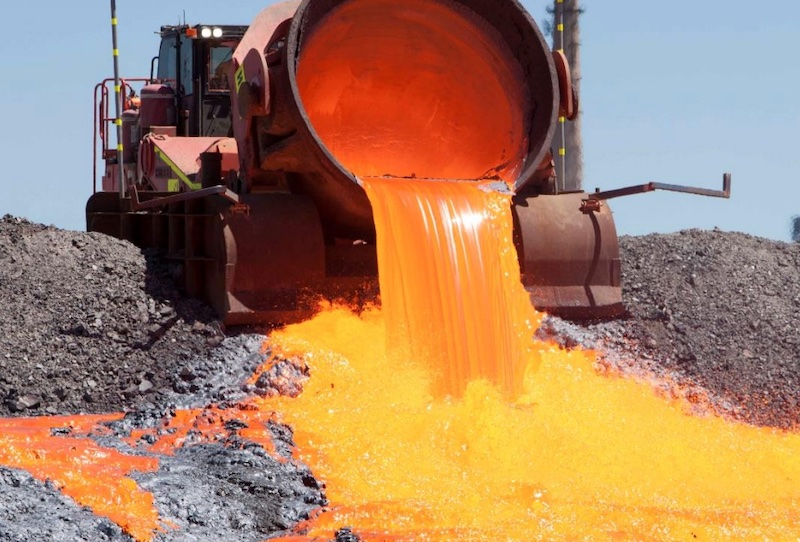Australia’s BHP Group on Thursday reported lower than hoped iron ore production for the March quarter, as a pandemic-related labour crunch weighed on the miner’s efforts to boost production.
The world’s largest listed miner warned that June-quarter production of the steel-making commodity is also expected to be impacted by lingering worker absenteeism, but said it remained on track to meet fiscal 2022 costs and volume forecast.
Copper production at BHP’s massive Escondida copper mine in Chile declined 9% to 226,400 tonnes in the third quarter, primarily due to a reduced workforce from Covid-19 quarantine regulations.
Public road blockades in the mineral-rich Pilbara region of Western Australia also affected access to the site for both workers and suppliers.
Iron ore production from Western Australia came in at 66.7 million tonnes (mt) for the period, flat from a year earlier but lower than a consensus estimate of 70 mt compiled by Visible Alpha.
Not until early March did Western Australia lift hard-line border restrictions put in place to curb the spread of the pandemic.
The measures have left miners struggling to hire mine workers and train drivers even as pent-up demand fuelled a rally in commodity prices.
BHP chief executive Mike Henry also said market volatility and inflationary pressures have increased further due to the Ukraine crisis.
“While conditions are expected to improve during the course of the 2023 calendar year, we anticipate the skills shortages and overall labour market tightness in Australia and Chile to continue in the period ahead,” he said.
- Reuters, with additional editing by George Russell
READ MORE:
Rio Tinto, BHP, Fortescue Results to Put Focus on China Demand
Rio Tinto’s Iron Ore Output Falls 8% in First Quarter
China Warns Against Publishing False Iron Ore Information
























